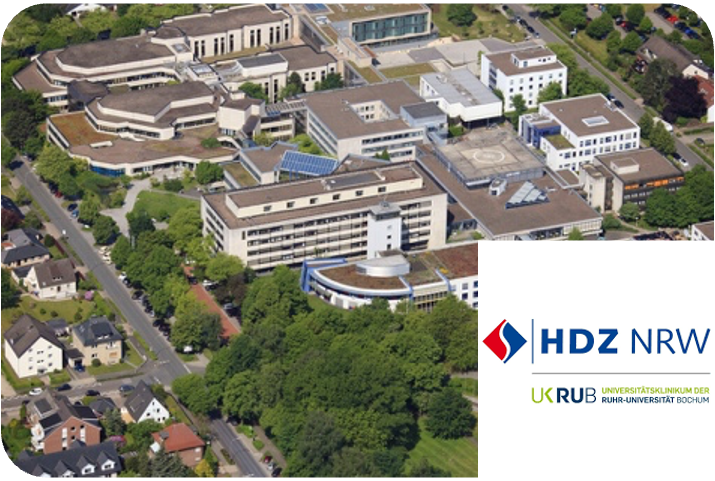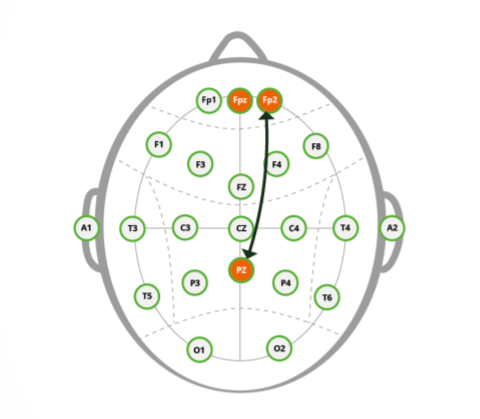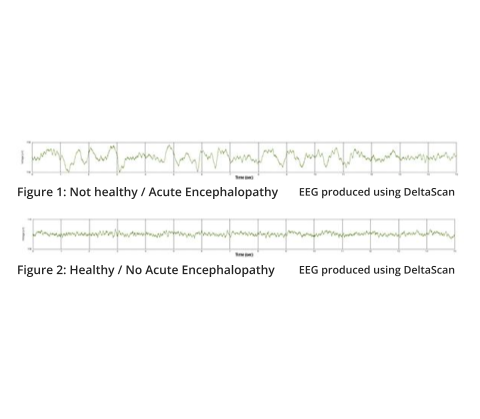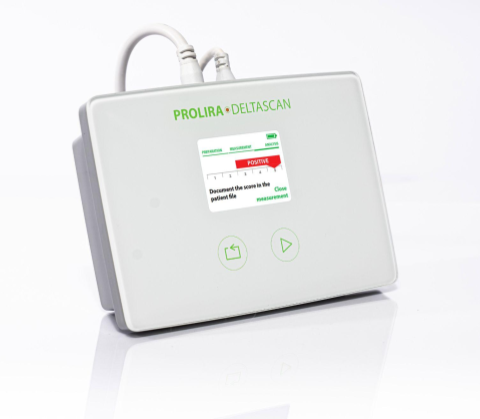DeltaScan
Clinical Study Data
Quick navigation: Clinical Benefit Studies - Validation Studies
Cardiac Surgery
.png)
903
Patients

Cardiac Surgery
.png)
850
Patients

By implementing a delirium reduction program, including DeltaScan, delirium incidence was reduced from 25% to 8%. Resulting in a cost savings of several million euros.
As presented during webinar on February 21, 2024
Proof of concept study
.png)
56
Patients

Validation study
.png)
145
Patients
321 EEGs

Interested? Let's get in touch!
Get in touch to learn how you can reshape acute encephalopathy and delirium care delivery.
pageversion: 4.0







